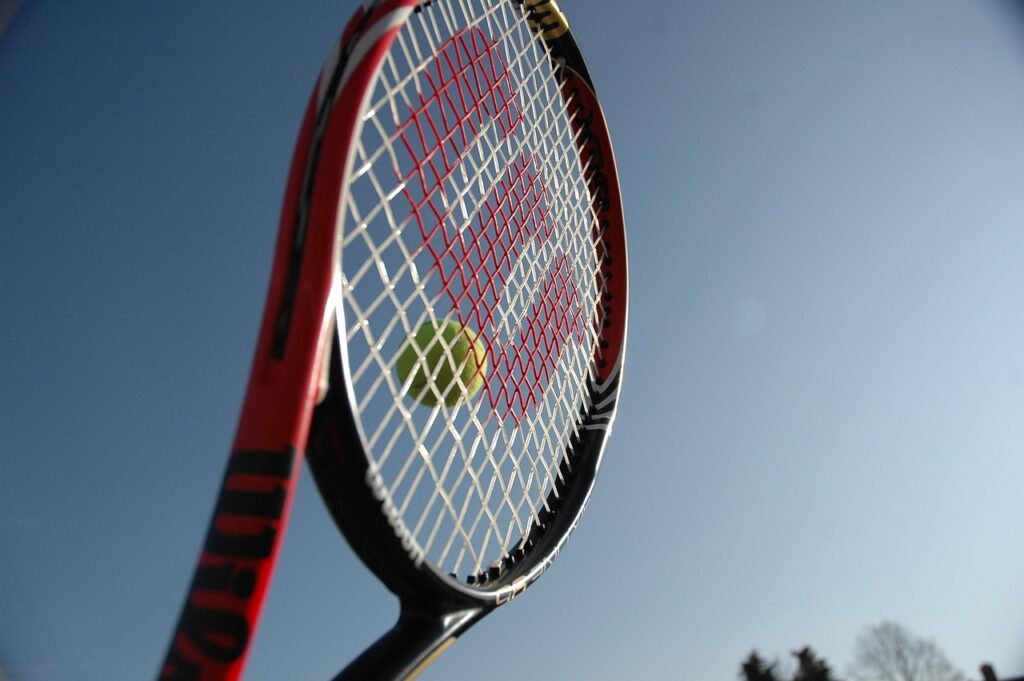Know the Core Metrics First
Before you even think about placing a bet or predicting a match’s outcome, you need to drill into the numbers that actually move the needle. Start with win percentages across surfaces hard, clay, and grass. Some players rack up wins on hard courts but can’t slide for their life on clay. Others shine when the grass is fast and low. Check seasonal breakdowns and make sure the athlete’s recent form matches their historical trends.
Next: the serve. First serve percentage and service games won tell you a lot about control. A player with a big first serve but low service game win rate? Probably not converting pressure moments. Service stats help separate smashers from dependable servers who hold games under stress.
Break points saved and converted are the clutch stats. Saving break points under pressure means mental toughness and strong baseline play. Converting them reflects tactical smarts and aggression when it counts. Ignore these, and you miss the finer points of momentum shifts.
Finally, strike the balance between winners and unforced errors. Highlight reels love big forehands, but consistency matters just as much. A player who hits 40 winners but racks up 50 unforced errors is a liability in disguise. Look for ratios, not just totals. Smart players win with fewer mistakes, not just flashy points.
Go Beyond the Scoreline
Tennis momentum is real but it rarely shows up in raw stats. To catch it, you have to watch how players handle pressure across sets and games. Does a player consistently start strong but fade after losing a close set? Do they tighten up when serving at 4 5? These are patterns, not coincidences. Tracking who wins the longer deuce battles or breaks back right after getting broken tells you a lot about resilience and rhythm.
Now, about tiebreaks. People often treat a good tiebreak record as proof of a clutch player. That can be true but it’s also where variance hangs out. A few lucky net cords and you’re a ‘tiebreak king.’ At the same time, serial failure in breakers can point to mental cracks. So check context: who were the opponents, what surface, what stage of the match?
Then there’s head to head. Useful, but misleading if abused. A 6 0 record means something, unless the wins came years ago or on a completely different surface. Recency and similarity matter. It’s best used as a filter, not a rule. If a matchup bothers a player style wise, it’ll likely keep doing so but always ask if either has evolved since.
True edge comes from stacking all this not treating any one angle like gospel.
Player Profiling That Actually Works
Stats won’t tell you everything. To predict who wins a match, you need to know how players play and how those styles interact.
Start with the basics. Baseliners thrive on long rallies and angles. Serve and volley players win points by charging the net, disrupting rhythm. Counter punchers absorb power and redirect it, waiting for mistakes. Knowing the preferred style of each player helps you understand the flow before it even begins.
The clash of styles is where it gets interesting. A flat hitting baseliner can crush a defensive player who’s slow footed. But that same baseliner might unravel when facing a net rusher who takes time away. Matchups aren’t just about skill they’re about disruption. Who breaks the other’s comfort zone?
Form matters, too. Check recent matches, not just results. Is the player moving well? Making fewer errors? Fading in third sets? Physical fitness shows up in legs, not in highlight reels. Mental toughness is even trickier to spot, but look for indicators like how players handle break points or tight tiebreaks. Confidence isn’t a metric, but it shows up when pressure spikes.
Winners aren’t just strong they’re ready, both in body and head. The edge often lies in spotting who’s better prepared for this opponent, right now.
How Surface & Conditions Tip the Scale

Too many bettors look only at rankings and recent wins. Smart ones dig into the conditions. Altitude, for starters, plays a big role. Higher elevations thin the air, which speeds up the ball and makes it harder to control. Think of places like Madrid big servers thrive, grinders struggle. Humidity can do the opposite: it slows the ball down and drains player energy. A night match in Miami is a completely different challenge than a dry afternoon in Indian Wells.
Time of day matters too. Some players perform better at night; others lose their rhythm under the lights. Temperature affects ball bounce, court speed, and stamina. A high octane baseliner might run out of gas in a scorcher if rallies go long.
Then there’s court speed. Pay attention to it. The official stats don’t lie some hard courts play faster than grass, while some slow clay courts can feel sloggy even to veterans. Faster courts favor big first serves and short points. Slower courts reward patience and longer exchanges. Upset potential rises when surface speed works against a favorite’s natural style.
Bottom line: know the environment. It turns strengths into liabilities or quiet advantages into winning edges.
Live Betting: Spotting Real Time Edges
Momentum in tennis isn’t subtle it’s a gut punch to anyone not paying close attention. Live stats give you the earliest possible signal when the tide’s turning. Look for dips in first serve percentage, sudden surges in unforced errors, or pace changes in rallies. Even a slight drop in net aggression or second serve speeds can mean a player’s grip on the match is slipping.
Know when to fade the favorite. That top seeded player cruising in set one? Doesn’t mean a thing if they start missing routine shots or get pushed deep behind the baseline. Favorites under pressure often tense up, opening the door for value bets on live underdogs with nothing to lose.
Set betting offers sharper angles than full matches. A player may tank a set to regroup but still end up winning the match. Betting per set lets you capitalize on those momentum ebbs without riding the whole rollercoaster. It’s faster, risk adjusted, and if you’ve done your homework, more profitable.
Live betting isn’t about predicting outcomes. It’s about reacting faster and smarter than the odds.
Learn From Other Sports Analytics
If you’ve followed football or basketball analytics, you’re already sitting on a toolkit that translates surprisingly well to tennis. Start with the basics: possession in football is a cousin to court control in tennis. In both, dominance isn’t just about flashy moments it’s about steady pressure, dictating tempo, and forcing errors.
Basketball teaches us about efficiency. Measuring points per possession is like looking at points won per return game or service hold in tennis. Instead of just counting aces or winners, dig into how often a player converts the advantage into a string of points or games. Efficiency doesn’t lie.
Mistake patterns matter. In football and basketball, turnovers shift momentum. In tennis, it’s clusters of unforced errors or poor second serve points. Track where those missteps happen early in sets, under pressure, or consistently on certain surfaces.
Good data interpretation comes down to asking smarter questions. Instead of “Who won more points?”, ask “Who won the right ones?” Just like a football team can dominate possession but lose on counter attacks, a tennis player can win more total points and still drop the match. Pressure points tie breaks, break opportunities, set closing games tell you who really has the edge.
Want to go deeper into reading the stats? This breakdown on analyzing match statistics is a solid place to start.
The Wrap Up: Strategy Over Hunches
Smart betting isn’t a guessing game it’s about using facts and staying flexible. Every tennis match is a data set. Before placing a single wager, zero in on key metrics: surface records, service stats, pressure performance. Let those numbers guide your early thinking.
But don’t lock into your pre match assumptions. Data gets old fast. A top seed might be carrying a minor injury, or a qualifier could be riding a hot streak. Check recent match play, energy levels, and on court behavior. Update your read with every set.
Finally, remember: tennis is about rhythm. Momentum swings, mental dips, surges in aggression they all matter. Your analysis doesn’t end when the match starts. Adapt in real time. Recognize when a match is shifting pace or slipping into chaos. That’s often when the best bets appear. Treat stats as your pulse check and stay in sync with the game.




